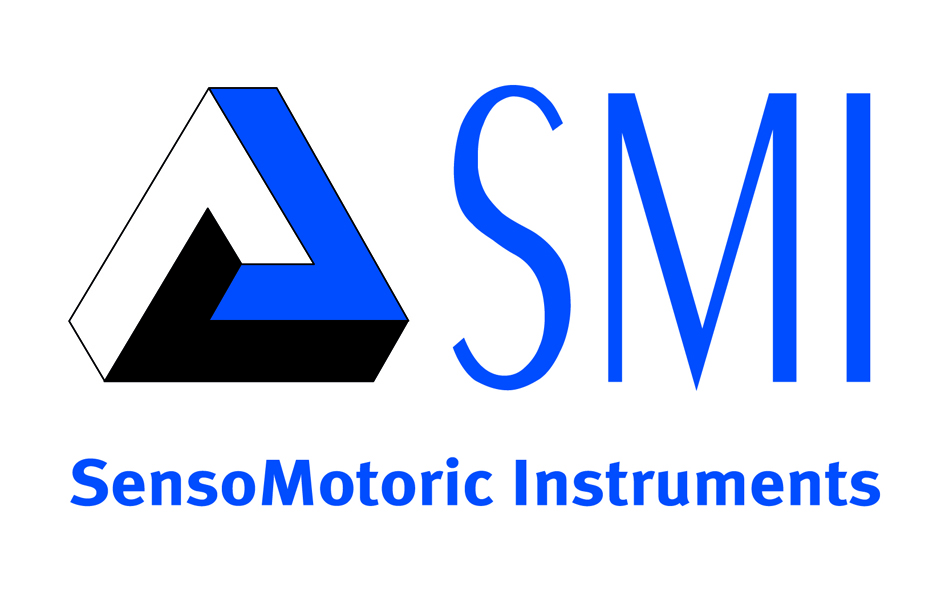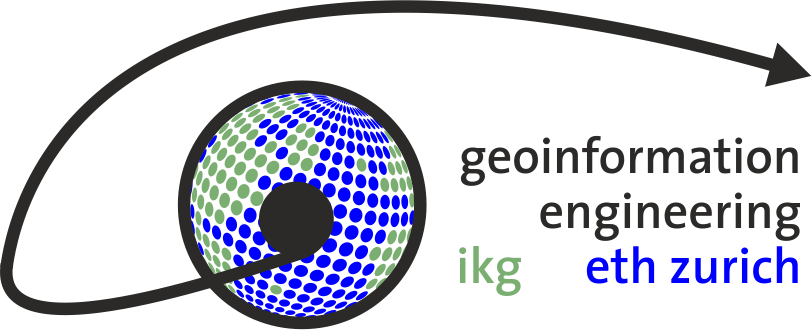Concept
Eye tracking allows us to measure a person’s visual attention, yielding a rich source of information on where, when, how long, and in which sequence certain information on displays or in 3D space is looked at. Not surprisingly, eye tracking has become a popular method for investigating research questions related to human cognitive processes in many disciplines. In engineering, for instance, eye tracking can be used to gain insights on how humans interact with tools, physical space, or artificial agents. These insights can be turned into guidelines for interaction design or for spatial planning, leading to engineering products better suited to be used by humans.
Including eye tracking methodology into one's research in an efficient and effective way, however, requires a variety of capabilities which 1st year PhD students typically do not have. These specifically include a sound knowledge of the physical and cognitive background of human visual processing, technical skills to cope with large amounts of eye tracking data, statistical methods to interpret the data in a meaningful way, as well as competences in designing an empirical eye tracking experiment.
This 5-day Winter School aims at helping students extend their knowledge and skills in eye tracking methodology, experimental design, and analysis. An international and interdisciplinary audience of students using eye tracking in their research will be taught by internationally recognized experts. Lectures will be accompanied by hands-on experiences with eye trackers. Students will have the opportunity to present their research projects and receive individual feedback from the experts. One goal of the Winter School is also to enable networking among participants and to encourage future cooperation.
The Winter School is co-organized by three professorships of ETH Zurich, who are part of the Eye Tracking Interest Group Zurich – an interdisciplinary forum for researchers using eye tracking in their research.








